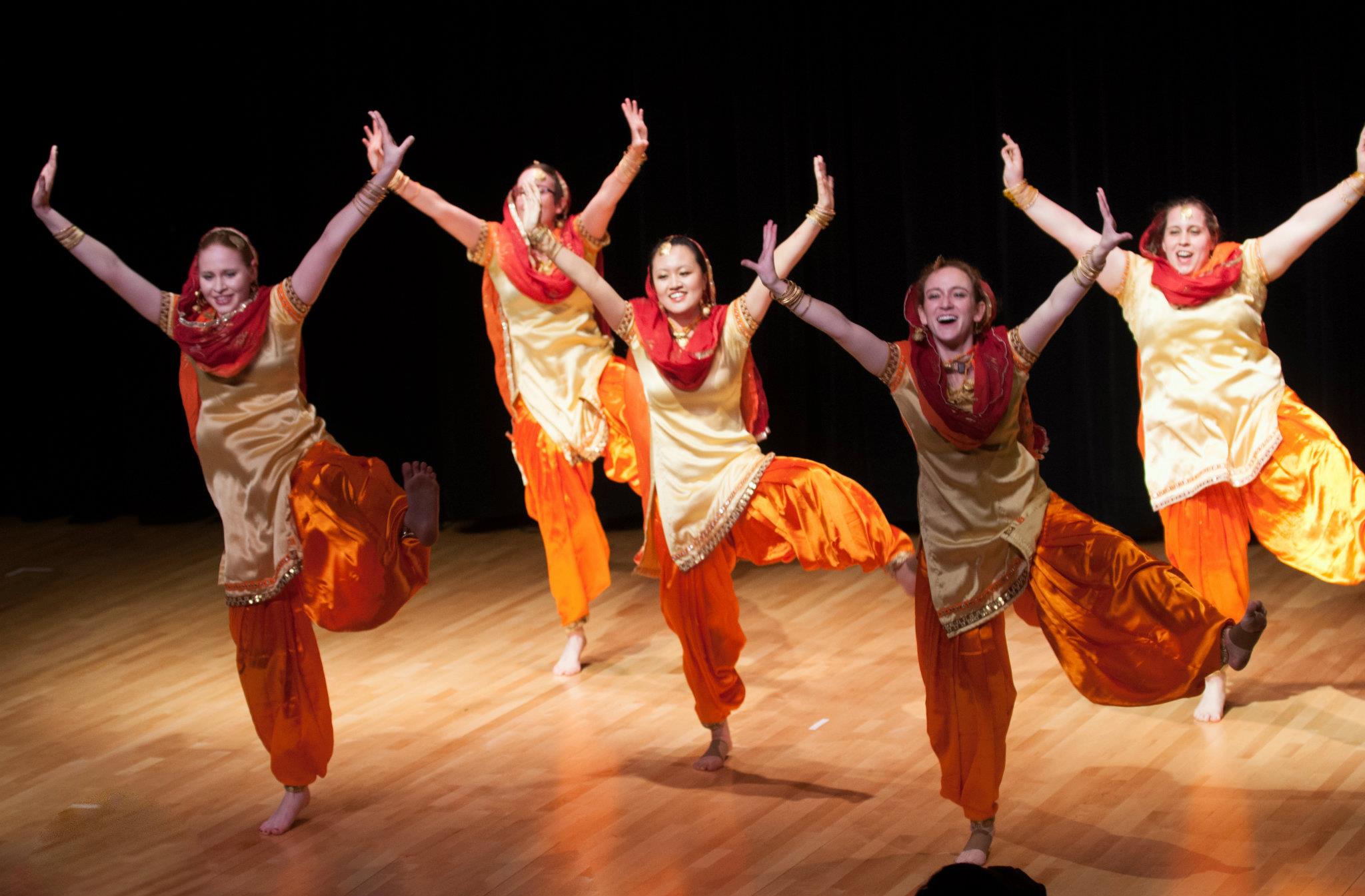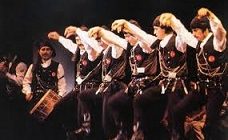Want to learn more about Punjabi dances in Canada? Read on for facts and info on these traditional Indian dances being practiced in Canada…
Punjabi Dances have picked up in popularity in Canada. Originating from India these traditional dances have come a long way to getting noticed in a far away foreign land such as Canada…
What is Punjabi Dance?
There are various dances that originated in and are popular with the people of Punjab in the Indian sub-continent. Punjab means Five Rivers in the local language as the Jhelum, Ravi, Sutlej, Chenab, and Beas cascade down from the foothills of the Himalayas through this province and join to form the mighty Indus or Sindh river. This natural bounty has made this fertile land the bread basket of northern India.
The people of Punjab have many dances celebrating the seasons and special events such as marriages. Men typically dance the Bhangra, the Luddi, the Dhumal, and the Jhummer whereas women do the Guddhi and Luddi dances more frequently. The most famous of these dances to western audiences is the Bhangra due to its introduction into the UK music scene a couple of decades ago and then through the Canadian Punjabi Sikh community to North America. In fact, the term “Bhangra” has now come to encompass all styles of Punjabi dancing.
Bhangra
Bhangra has been danced in Punjab for the past four thousand years to celebrate the coming of the Spring harvest season in a festival known as Baisakhi. It was supposed to bring good luck to the harvest and featured performers in an ecstatic trance dancing to the beat of a drummer with his “dhol” drum slung around his neck to hang loosely by his abdomen. Other instruments added to the repertoire over the years were the ektara, literally one string, the chimta (forks), and the tumbi.
After the partition of the sub-continent into Pakistan and India in 1947, the Punjabi Sikhs settled in the eastern half of the province that formed part of India, East Punjab. Some influences from migrants from other parts of the country further richened and enhanced this dance form.
In the New World
Bhangra and traditional Punjabi dance music was introduced to the United Kingdom in the 1960s by various artists from both East Punjab and West Punjab in Pakistan. They gained a decent following over the next two decades and some are still active today. However, the real explosion and popularity did not come until the late 1980s. The new rock- and pop- infused Bhangra sounds became wildly popular. The British dance hall scene over the next decade became heavily saturated with this rock-Bhangra dance mix.
The Canadian Influence
In the 1990s, artists began to return to the original folksy beats of the dhol, its smaller cousin, the dholki, and the tumbi. Some people started fusing Bhangra with reggae and dance while some used hip-hop samples mixed in with the traditional instruments. The Punjab-born Canadian Jaswinder Singh Bains, or Jazzy Bains, made his debut in 1992 and has made a name for his folksy tunes infused with hip-hop. His second album is indeed called “Folk and Funky” and it propelled him to stardom.
Bhangra has become so popular and so synonymous with Punjabi dance and music that annual Bhangra dance competitions are held in universities and cities throughout Canada, the United States, and the United Kingdom.





